The North-South high-speed railway project has a length of 1,541km, proposed to be invested with a double-track scale, 1,435mm gauge, electrification, speed of 350km/h.
The Party Central Committee agreed on the investment policy for the high-speed railway project.
At the recent 10th Central Conference, the Party Central Executive Committee agreed on the policy of investing in the entire route. High-speed railway project on the North-South axis With the spirit of urgent direction, mobilizing the strength of the entire political system to determine that the project will contribute to opening up new economic development space for the country.
At the 10th Central Conference, the Central Executive Committee emphasized the need to soon invest in the high-speed railway project on the North-South axis to realize the Party's guidelines, resolutions, conclusions of the Politburo and implement plans; strengthen regional connectivity, growth poles, create spillover momentum, open up new economic development space, ensure transportation needs on the North-South corridor - is transport corridor the largest in the country, meeting the needs of socio-economic development associated with national defense and security.
The Central Executive Committee agreed on the policy of investing in the entire high-speed railway project with a speed of 350km/h.
"The Central Government has agreed on the policy of investing in the high-speed railway project on the North-South axis, identifying this as a political task and prioritizing investment resources for early implementation," General Secretary and President To Lam emphasized.
Due to the importance and necessity of early investment in the project, the Party Central Committee has assigned the Government Party Committee and the National Assembly Party Delegation to direct relevant agencies to urgently complete the dossier to submit to the 8th Session of the 15th National Assembly for consideration and decision. The Central Committee requested that the preparation of the dossier should continue to be carried out carefully to seek the National Assembly's opinion, along with a number of specific policies and mechanisms to mobilize resources, project investment procedures, technology application and technology mastery for National Assembly deputies to comment at the upcoming session.

Mr. Bui Van Cuong - General Secretary of the National Assembly, Head of the National Assembly Office said: "In order for us to have a railway line that meets the requirements according to the Central's orientation, I think the National Assembly will discuss and exchange opinions, discuss and debate so that we can come up with the best plan to successfully implement the Central Resolution".
"The high-speed railway line was first researched by the Government in 2005 and has never been as urgent as it is now. The investment in the project has been carefully and thoroughly researched and this investment is the realization of the Party's direction and the realization of the national master plan", Mr. Nguyen Danh Huy - Deputy Minister of Transport assessed.
With the strong determination of the entire political system, the dream of a high-speed railway is coming very close. According to calculations, high-speed railway can contribute about 1% of GDP growth each year. High-speed railway will strengthen regional connectivity, growth poles, create spillover momentum, and open up new economic development space.
The North-South high-speed railway project has a length of 1,541km, proposed to be invested with a double-track scale, 1,435mm gauge, electrification, speed of 350km/h.
The route will start from Ngoc Hoi station (Hanoi), pass through 20 provinces and cities and end at Thu Thiem station (Ho Chi Minh City).
Along the entire route, there are 23 passenger stations with an average distance of about 67km, 5 freight stations connected to freight hubs. The high-speed railway strives to be completed and put into operation by 2035.
According to preliminary calculations, the total investment cost of the project is approximately more than 67 billion USD.
Rail transport is lagging behind.
Once playing a very important role and accounting for 30% of the total market share of the transport industry, but compared to other countries in the region, Vietnam's railways are increasingly falling behind and the old, cramped, and no longer suitable "shirt" is posing challenges to the development of the industry in particular and the economy in general.
If in 1990, the railway industry served nearly 3% of the total passenger volume and passenger turnover accounted for 12%, then from 2020 to now, railway passenger transport only accounts for 0.1% of transport and nearly 1% of turnover. Perhaps it is time for the railway industry to change its appearance to take on the role of passenger transport on distances where this type has advantages instead of having to allocate to air and road transport.
In 2022, rail transport reached 5.7 million tons, 2.5 times higher than in 1990. At the same time, road transport output increased about 50 times. And sea transport was 26 times higher in terms of transport.

For a long time, railways have always been at a disadvantage, unable to compete with roads and airways. Railway transport is gradually losing its dominant position in transport serving the country's economic development. It is time for a breakthrough and innovation with a strategic vision for developing the North-South high-speed railway.
Investing in high-speed rail is considered an investment for the future. Because it will not only be a matter of 1 train, 1 railway line that will bring economic efficiency, but it will also affect many key economic regions when the high-speed rail passes through. More importantly, it is a component in the overall modern and highly sustainable transportation ecosystem.
High-speed rail efficiency in countries
While Vietnam's railway network is sluggish and outdated with a hundred-year history, the speed of high-speed railway development in countries around the world is like a storm. After 60 years of development, high-speed railway has developed in 22 countries and territories. Socio-economic efficiency is the driving force of this development.
Japan initiated the trend of building high-speed railways with the Shinkansen train in 1964. With a punctuality rate of 99.9%, safety and environmental friendliness, high-speed railways have greatly contributed to Japan's miraculous development through redistribution of urban areas, population, convenient transportation, employment and national socio-economic development.

In just 15 years, China has built about 43,700 km of high-speed railway, accounting for more than 2/3 of the total length of high-speed railway in the world. After the Beijing - Shanghai railway with a speed of 380 km/h was put into operation, there were about 1.7 billion passengers traveling on this route, creating more than 850,000 job opportunities, the land value in the project area increased by 13%. Tourists increased more than 2.5 times. After 10 years of operation, GRDP has doubled.
Last year, a total of 250 projects were launched worldwide with a total investment of nearly 250 billion USD. Asia continued to dominate with 42% of the projects, including 40 projects in India and 28 projects in China.
At the recent 10th Central Conference, the Central Executive Committee agreed on the policy of investing in the entire high-speed railway project (350km/h) on the North-South axis, which is in line with the general trend of the world, and realizes the policies and orientations of the Party, resolutions and conclusions of the Politburo and implements plans; strengthens regional and growth pole connectivity, creates spillover momentum, opens up new economic development space; meets the requirements of socio-economic development associated with national defense and security.
Source


![[Photo] National Assembly Chairman Tran Thanh Man holds talks with Hungarian National Assembly Chairman Kover Laszlo](https://vphoto.vietnam.vn/thumb/1200x675/vietnam/resource/IMAGE/2025/10/20/1760952711347_ndo_br_bnd-1603-jpg.webp)

![[Photo] The Steering Committee of the 2025 Fall Fair checks the progress of the organization](https://vphoto.vietnam.vn/thumb/1200x675/vietnam/resource/IMAGE/2025/10/20/1760918203241_nam-5371-jpg.webp)
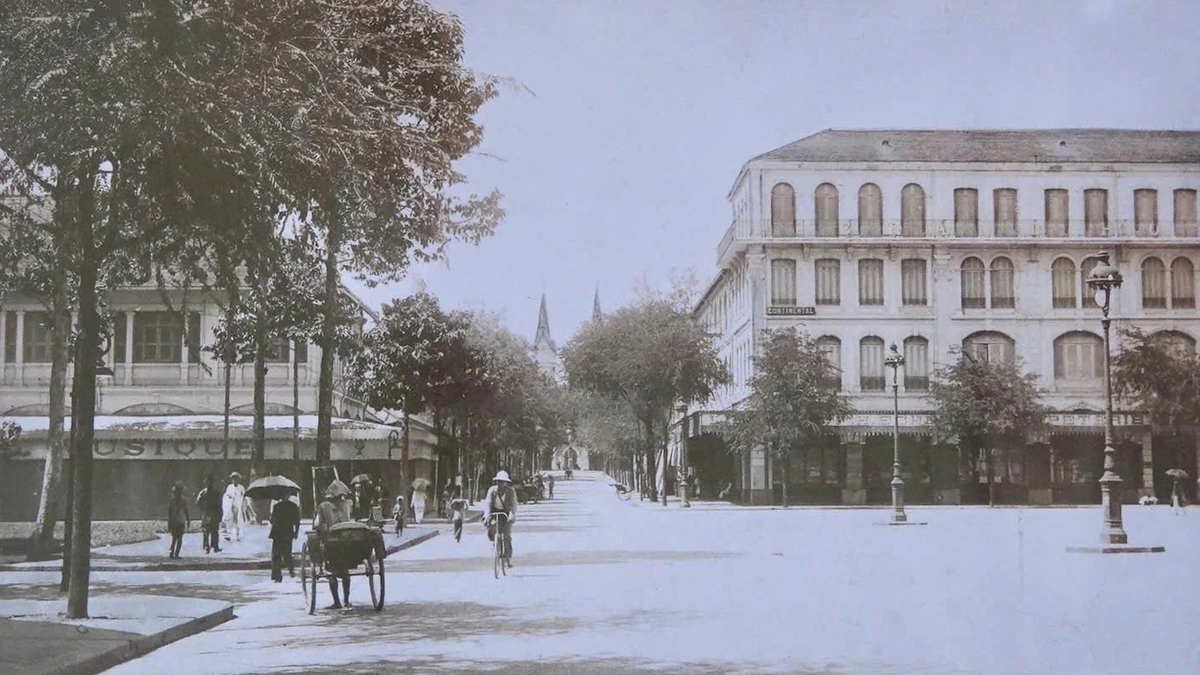
![[Photo] Solemn opening of the 10th Session, 15th National Assembly](https://vphoto.vietnam.vn/thumb/1200x675/vietnam/resource/IMAGE/2025/10/20/1760937111622_ndo_br_1-202-jpg.webp)
![[Photo] Chairman of the Hungarian Parliament visits President Ho Chi Minh's Mausoleum](https://vphoto.vietnam.vn/thumb/1200x675/vietnam/resource/IMAGE/2025/10/20/1760941009023_ndo_br_hungary-jpg.webp)
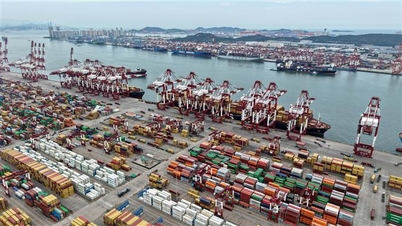

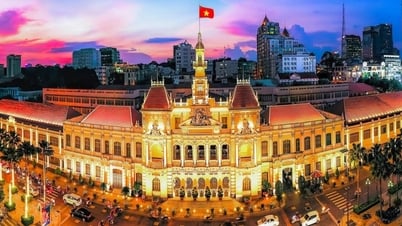

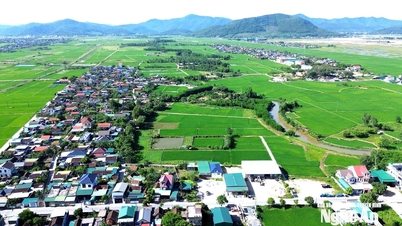

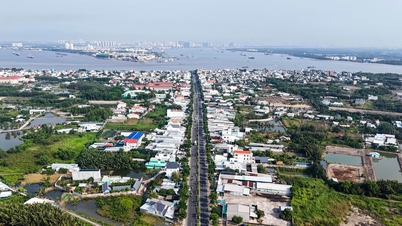

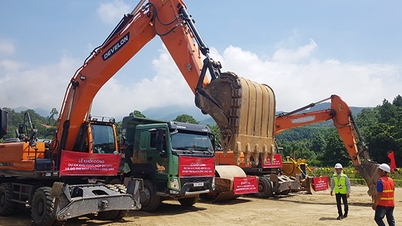








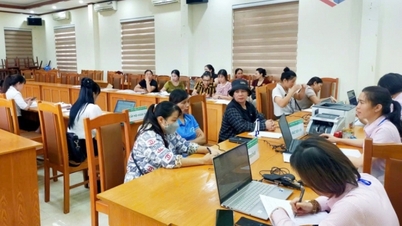





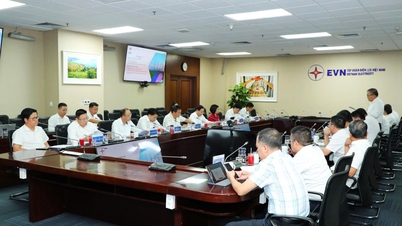
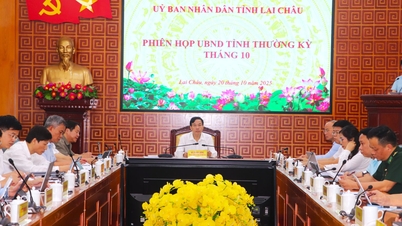





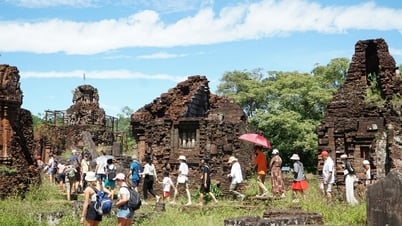

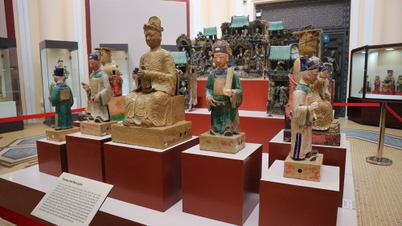
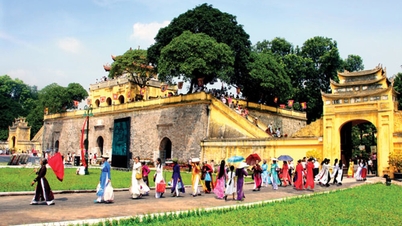

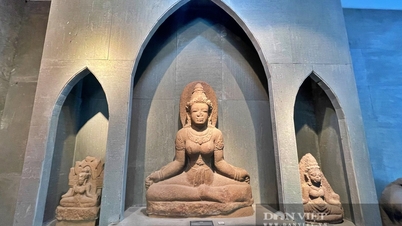

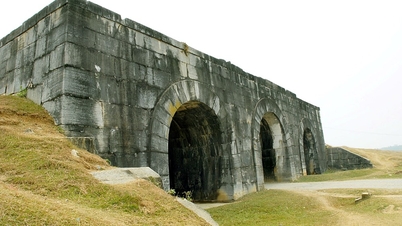
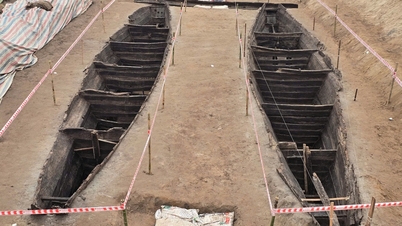











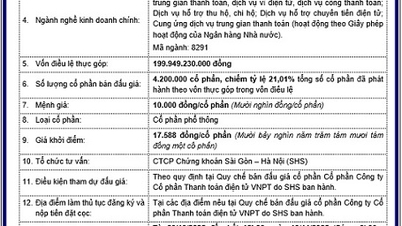
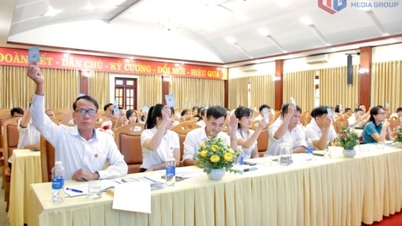
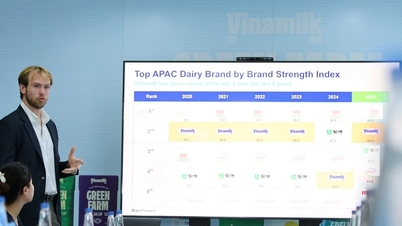

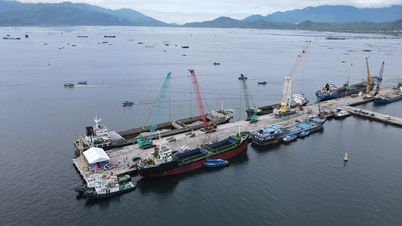








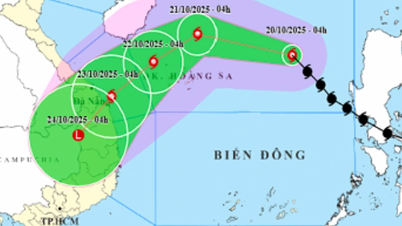

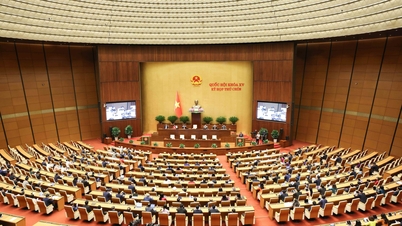



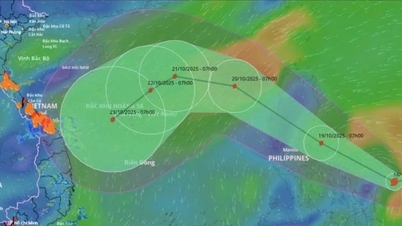

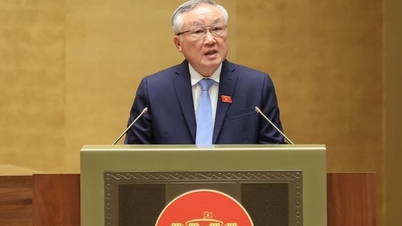

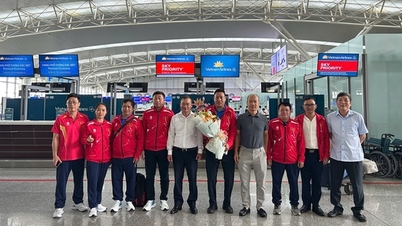
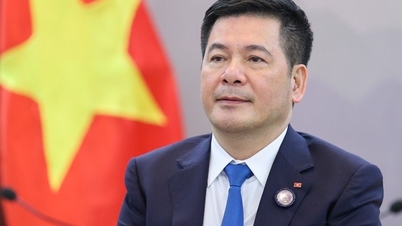







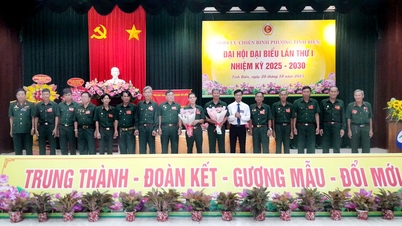
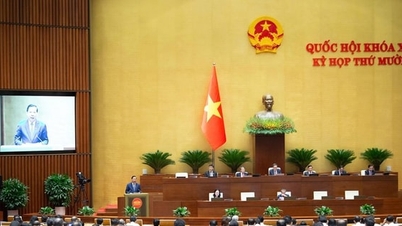
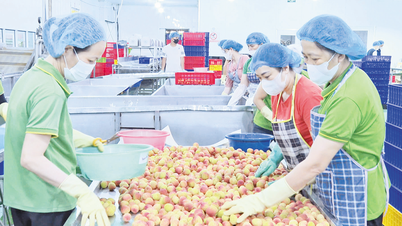

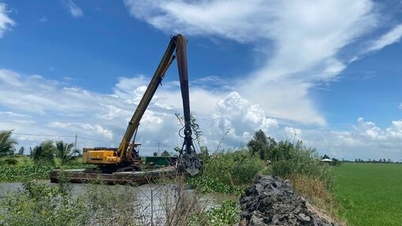



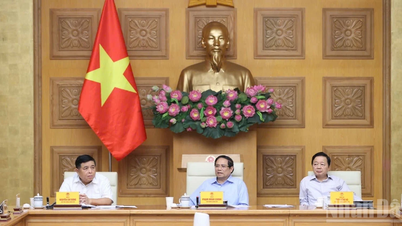

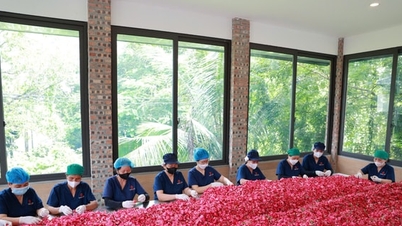









Comment (0)